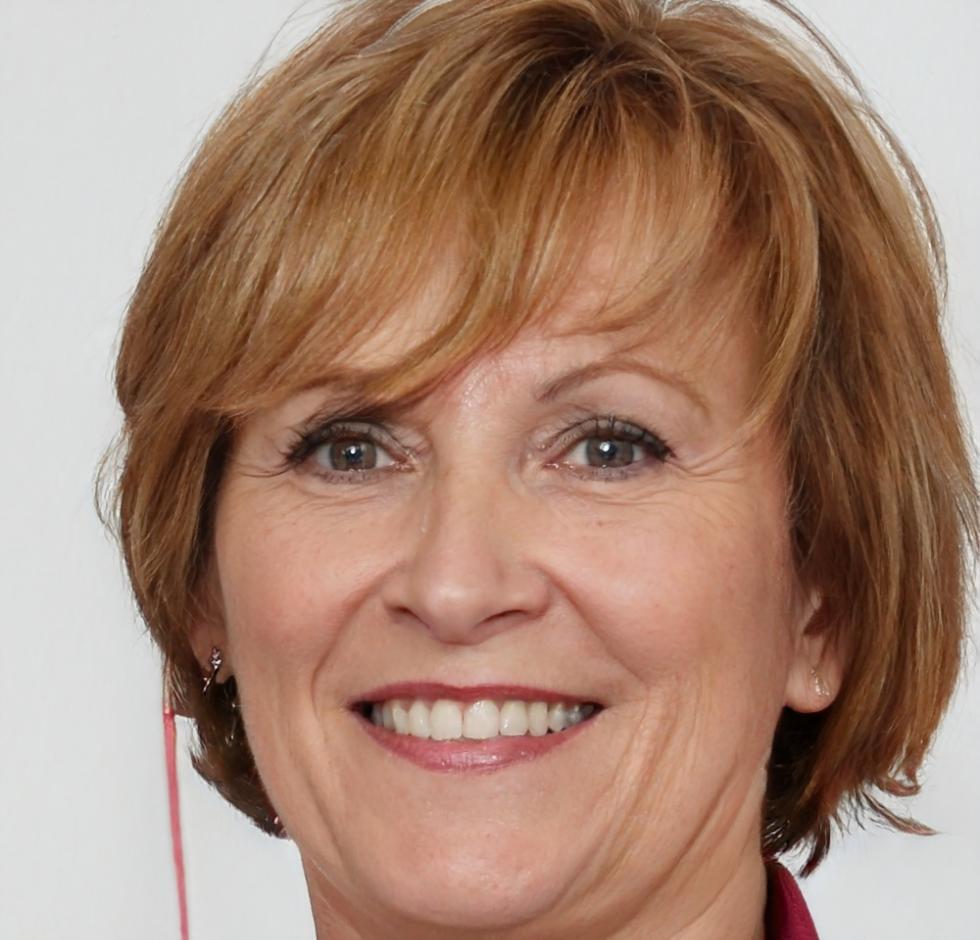Practical Financial Analysis for Real Business Decisions
Most professionals pick up financial analysis skills in bits and pieces. A spreadsheet here, a budget meeting there. But when you actually need to make a critical business decision, those scattered fragments don't always connect.
Our programs run from September through November 2025, giving you structured time to build analysis skills that hold up under pressure.

How We Built This Approach
Financial education that came from watching people struggle with the basics
2019: Starting Point
We began with a simple observation. Small business owners were making million-dollar decisions based on gut feeling because they couldn't translate their financial reports into actual business insights. The numbers existed, but the connection didn't.
2021: Testing Ground
Launched initial workshops focused on cash flow analysis. Discovered that people didn't need more accounting theory. They needed frameworks for asking the right questions about their numbers.
2023: Expanded Focus
Added modules on ratio analysis and forecasting after clients kept asking the same question differently: "What do these numbers actually mean for next quarter?" Built practical tools that connect historical data to forward planning.
2025: Current Programs
Now running structured 12-week cohorts starting autumn 2025. Same practical focus, more refined methods. We've learned what actually sticks and what gets forgotten the moment someone closes their laptop.
Reading Financial Statements
Balance sheets and income statements aren't secret codes. But they do tell different stories depending on what you're looking for.
You'll learn to spot warning signs before they become problems. Like why increasing revenue doesn't always mean improving health. Or when inventory levels start signaling something's off with your supply chain.
- Pattern recognition in quarterly reports
- Connecting multiple statements into one picture
- Red flags that accountants might miss
Cash Flow Reality
Profit on paper means nothing if you can't make payroll next month. We focus heavily on cash flow because it's where theory meets operational reality.
Most businesses fail from cash problems, not profit problems. Big difference.
Ratio Analysis That Works
Financial ratios are shortcuts for comparing your performance over time or against competitors. But only if you know which ratios matter for your specific situation.
We skip the textbook approach and focus on ratios that actually inform decisions.
Building Forecasts
Nobody can predict the future. But you can build scenarios that help you prepare for different possibilities.
Learn to create forecasts that acknowledge uncertainty instead of pretending it doesn't exist.
Real Case Work
Theory's great until you're staring at actual financial data from a struggling business unit. Our programs use anonymized real company data so you're practicing on messy, incomplete information.
Because that's what you'll face in reality. Companies don't pause their operations to give you perfect data sets.
You'll work through scenarios where the numbers don't quite add up and you need to figure out why. Where departments report conflicting information. Where last year's assumptions no longer hold.
Analysis Skills for Australian Business Context
Financial analysis isn't universal. Australian reporting standards, tax structures, and business cycles create specific patterns you need to recognize.
Our programs focus on analysis frameworks relevant to how businesses actually operate here. From understanding ASIC reporting requirements to navigating quarterly BAS cycles, we cover the context that makes your analysis useful rather than theoretical.
You'll learn to adjust your analysis approach based on business size, industry sector, and regulatory environment. Because a retail operation's financial signals look different from a service business, even when both are technically profitable.


Freja Lindström
Program Director
Why This Matters Now
I spent ten years as a financial controller before moving into education. And I'll tell you what nobody mentioned in my accounting degree.
The hard part isn't calculating ratios or building spreadsheets. The hard part is knowing which questions to ask when your numbers tell contradictory stories. When revenue's up but cash is tight. When margins look healthy but customers are quietly leaving.
Financial analysis is detective work. You're looking for patterns, inconsistencies, and signals that something's changing before it shows up in the quarterly report.
Our autumn 2025 cohort starts with 30 participants in October. We keep groups small because financial analysis improves through discussion and challenge, not just lectures. You need to explain your reasoning, defend your conclusions, and adjust when someone spots what you missed.
Most participants come from operations, project management, or technical backgrounds. They're competent professionals who've hit a ceiling because they can't translate business performance into financial implications. Or vice versa.
The program won't make you a qualified accountant. But it will give you the analysis toolkit to have informed conversations with your finance team and make better decisions when numbers are involved.
Next Steps for October 2025 Programs
We're taking registrations now for our October cohort. Programs run Tuesday and Thursday evenings, 6:30 to 8:30 PM, for twelve weeks. All sessions in Garran with online options for regional participants.
If you're tired of feeling lost when financial discussions happen, this might help. Not overnight, but steadily.
